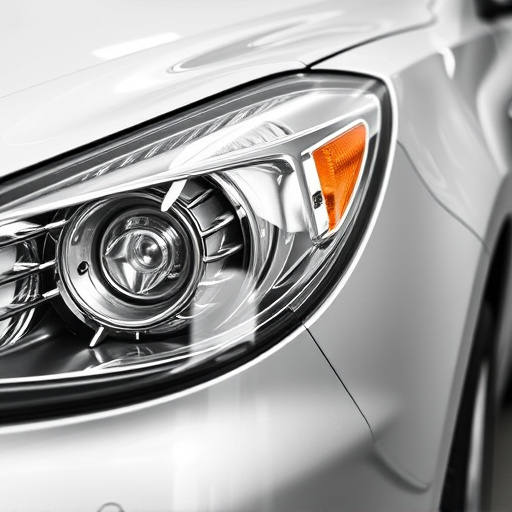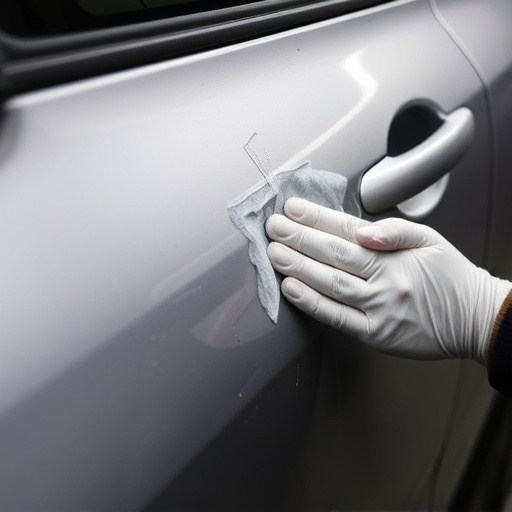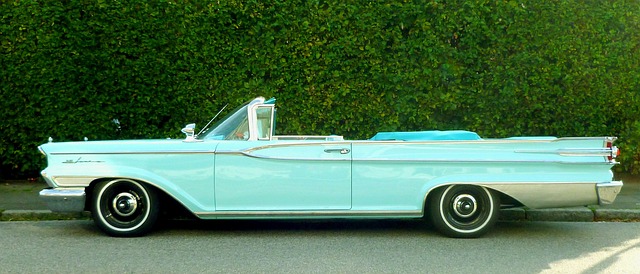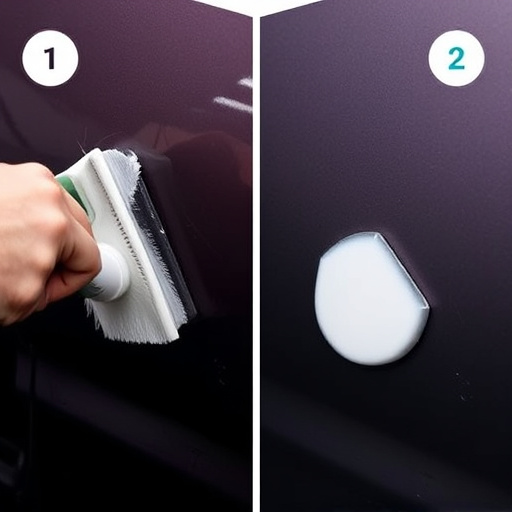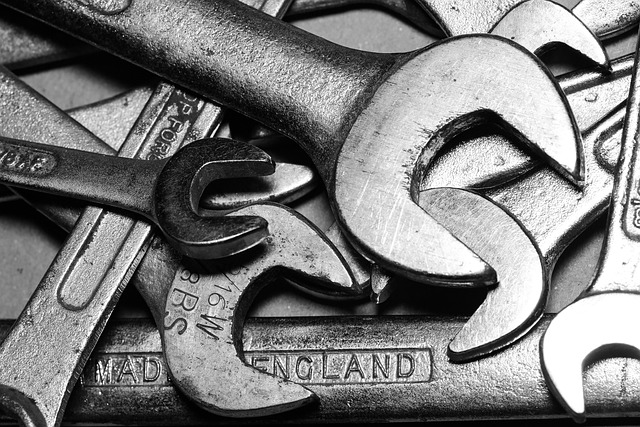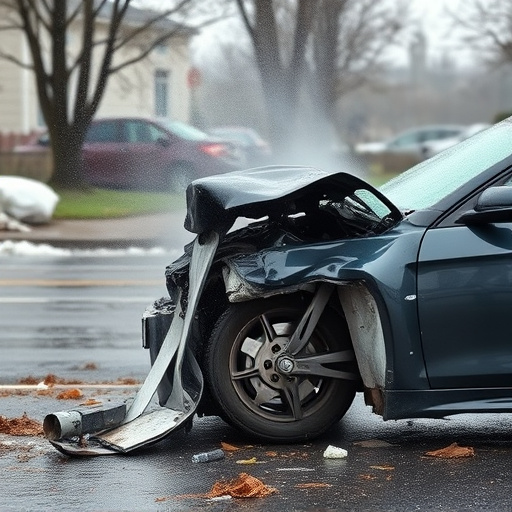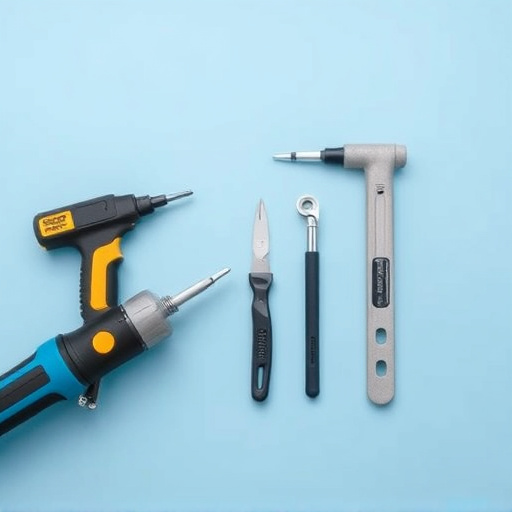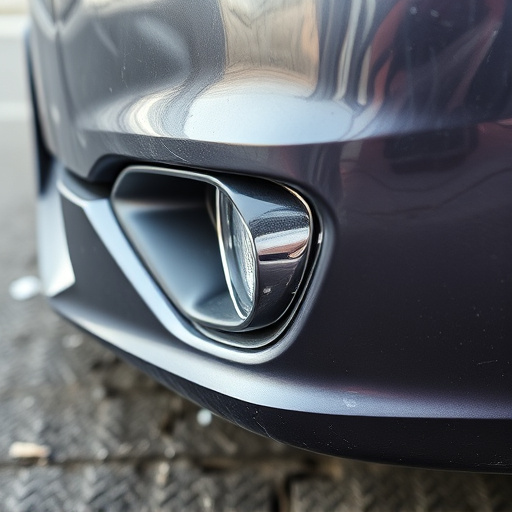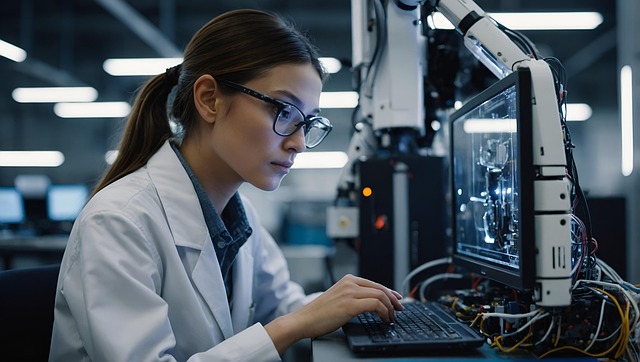3D car scanning technology is revolutionizing automotive repairs, offering precise digital models for body work, streamlining processes, enhancing remote collaboration, and ensuring superior quality in restoration projects, particularly for rare or classic cars. It's transforming collision repair with efficient data acquisition, accurate damage identification, optimized resource management, increased productivity, and cost reduction.
In today’s automotive landscape, precision is paramount in repairs. That’s where 3D car scanning technology emerges as a game-changer, revolutionizing how technicians approach vehicle diagnostics and repairs. This innovative technology offers enhanced accuracy unparalleled by traditional methods, ensuring every detail is captured for precise analysis. By streamlining processes, 3D scanning saves time and resources, fostering efficient workflows. Discover why technicians are increasingly embracing this advanced solution, transforming the way cars are serviced and restoring them to optimal condition with unprecedented accuracy.
- Revolutionizing Car Repairs: Technicians' Perspective
- Enhanced Precision: 3D Scanning's Unmatched Advantage
- Streamlined Processes: Saving Time and Resources
Revolutionizing Car Repairs: Technicians' Perspective
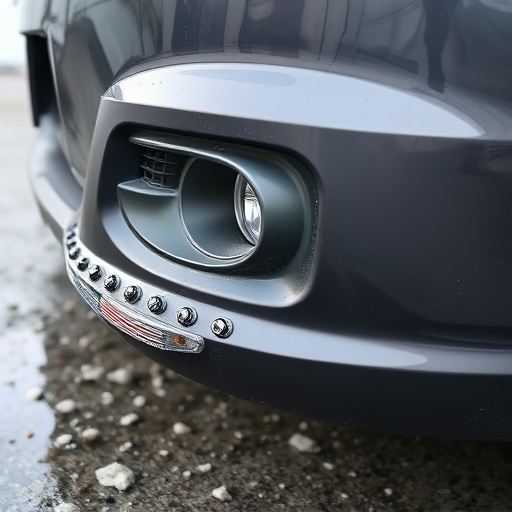
The advent of 3D car scanning technology has revolutionized car repairs from a technician’s perspective. It offers an unprecedented level of precision and detail in capturing a vehicle’s structure, which is crucial for complex automotive body work. With this technology, technicians can now access digital models that provide a clear understanding of the car’s intricate components, enabling them to make more accurate measurements and assessments. This shift towards digital has not only enhanced the efficiency of repair processes but also improved overall quality in automotive repair services.
By utilizing 3D scanning, technicians are better equipped to handle vehicle restoration projects, ensuring that every piece is accurately reproduced or replaced. This level of accuracy is particularly beneficial for rare or classic cars where finding genuine parts can be challenging. Moreover, the technology allows for remote collaboration, enabling experts from around the globe to contribute to a project simultaneously, fostering innovation and specialized knowledge-sharing in the automotive repair industry.
Enhanced Precision: 3D Scanning's Unmatched Advantage
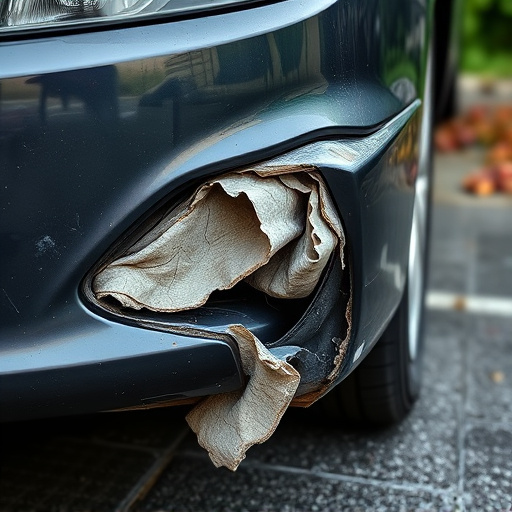
In the realm of automotive restoration and repair, precision is paramount. This is where 3D car scanning technology shines as a true game-changer. Unlike traditional measuring methods, 3D scanning offers an unparalleled level of accuracy when mapping vehicle bodywork. It captures intricate details with remarkable clarity, allowing technicians to precisely recreate or restore original shapes, curves, and contours.
This advanced technology is especially beneficial for tasks such as paintless dent repair, where microscopic imperfections must be accounted for. Moreover, 3D scanning streamlines the process of auto glass repair by providing precise measurements, ensuring that new glass panels fit perfectly without any discrepancies. The level of detail captured by these scanners leaves no room for human error, making it a reliable tool for achieving flawless results in both restoration and customization projects.
Streamlined Processes: Saving Time and Resources
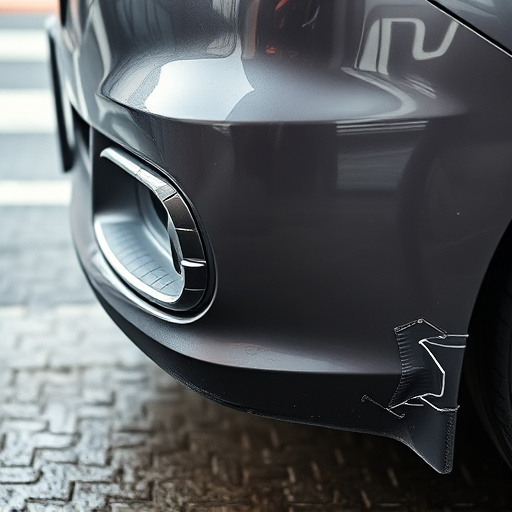
The adoption of 3D car scanning technology has revolutionized the way collision repair shops and auto collision centers approach vehicle body repair. By swiftly capturing highly detailed digital representations of cars, this innovative tool streamlines processes in a significant manner. Traditional measurement methods, often involving manual tape measures and time-consuming visual assessments, are replaced with efficient, precise data acquisition. Technicians can now access comprehensive 3D models, enabling them to accurately identify damage, measure repair areas, and plan restoration work with greater speed and precision.
This technology’s impact on resource management is equally notable. 3D car scanning minimizes the need for physical templates or multiple reference points during repairs. It eliminates potential errors arising from manual adjustments, reducing the likelihood of costly rework. Moreover, by facilitating quicker turnaround times, it enhances shop productivity while optimizing labor and material costs in both collision repair shops and vehicle body repair facilities.
3D car scanning technology is transforming the automotive industry, offering technicians unparalleled accuracy and efficiency. By providing detailed digital models of vehicles, this innovative process streamlines repairs, reduces time and resource costs, and enhances overall precision. As the adoption of 3D scanning continues to grow, its benefits will only become more pronounced, revolutionizing car repairs and setting new standards in the field.
